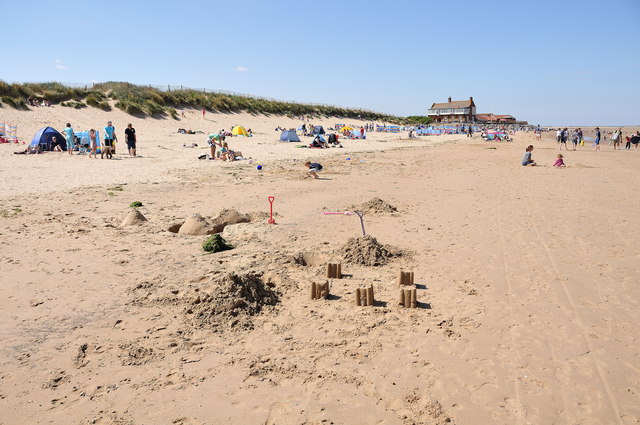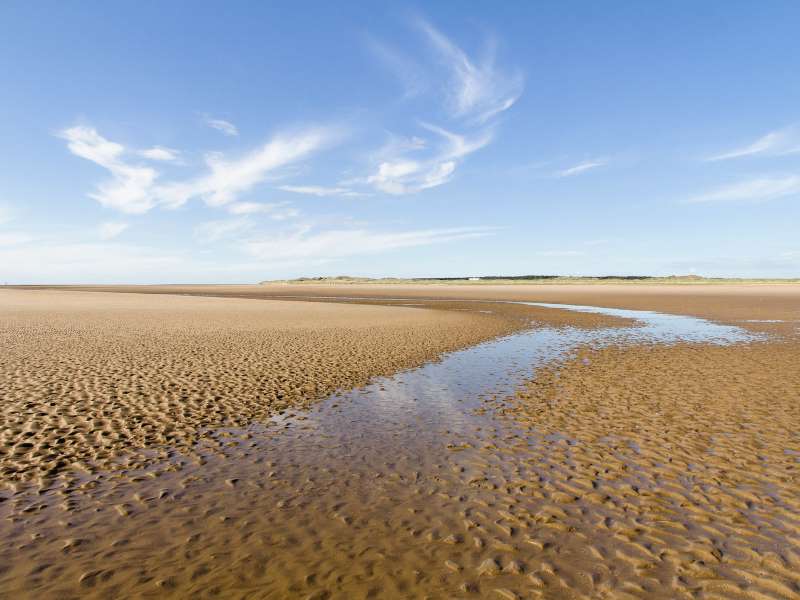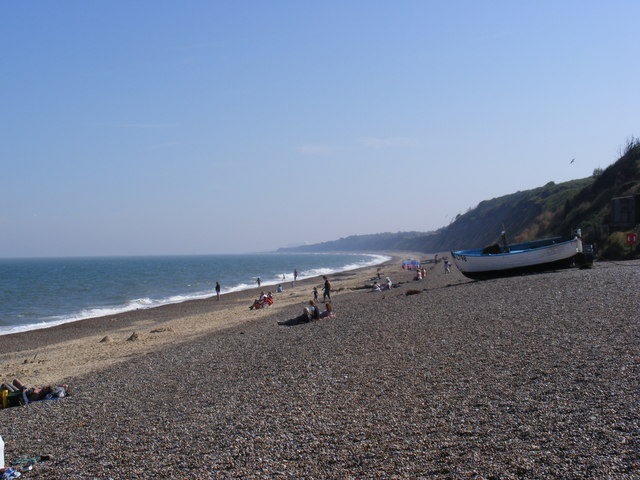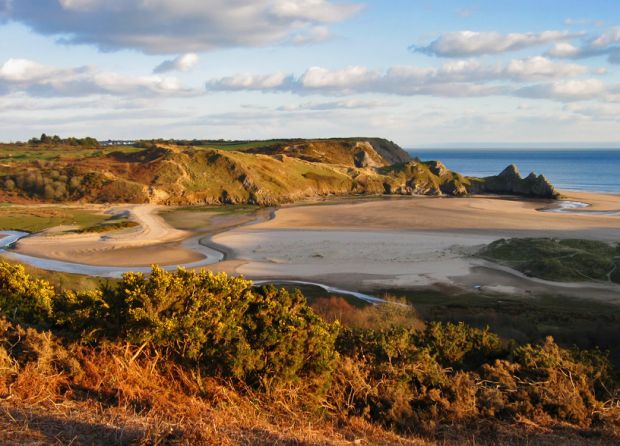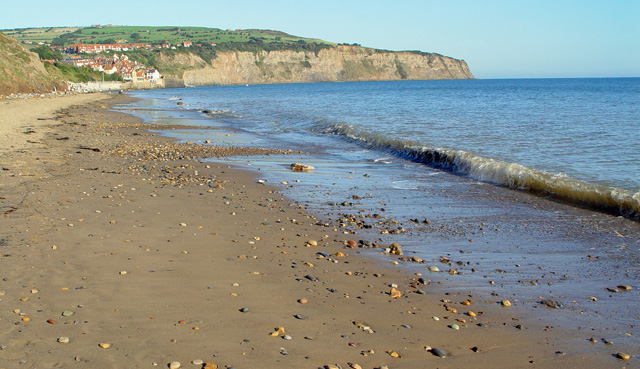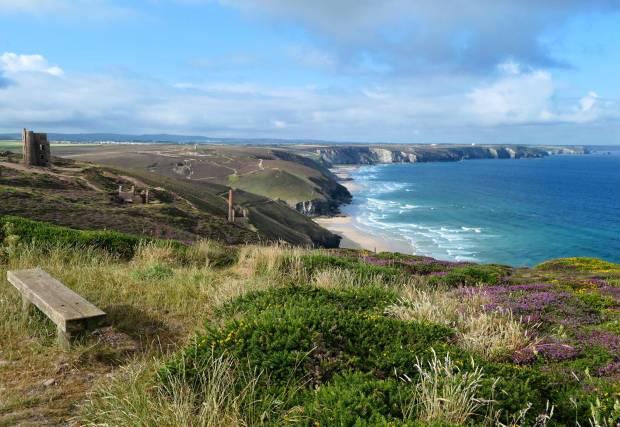Our Favourite National Trust Beaches
The National Trust look after over 780 miles of coast across England, Wales and Northern Ireland. Not only does this include spectacular seascapes, rugged cliffs and magical islands, but also some of the finest beaches in the UK.
Along with the well-known spots there are plenty of lesser known, but equally stunning stretches of coast managed by the Trust. So whether you are planning a family day out and looking for a wide expanse of golden sand or want a hidden gem, well off-the-beaten-track - the NT have you covered.
The beaches under the care of the National Trust are open to everyone, however, one of the biggest perks of NT membership is free parking. In addition, the majority of National Trust beaches are dog friendly year-round.
Whilst the National Trust does not cover Scotland it does have a reciprocal arrangement with the National Trust for Scotland, so your membership covers you here too.
-
1. Kynance Cove
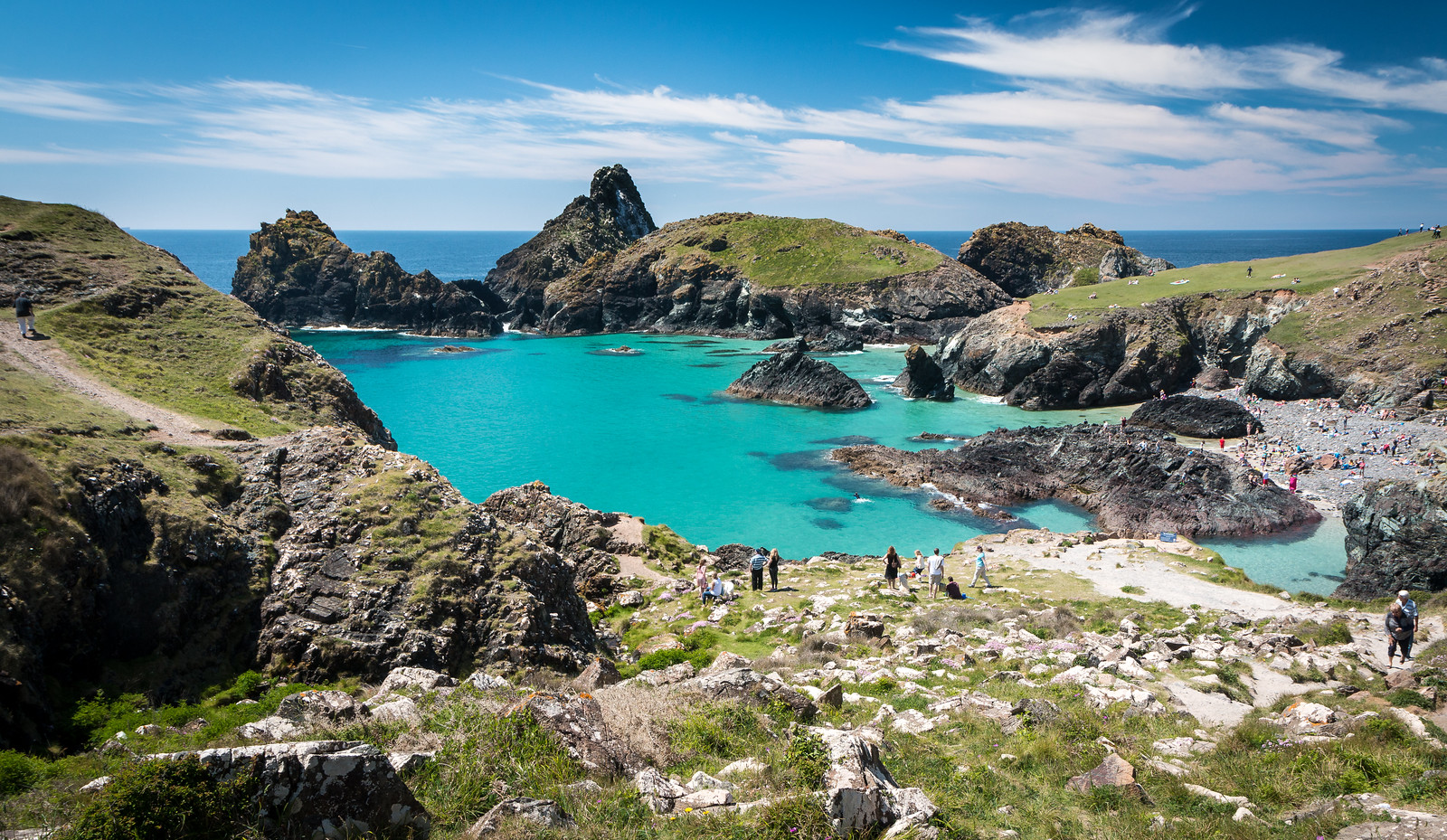
Kynance Cove is a picturesque sandy beach two miles north of Lizard Point. A ten minute walk from the National Trust car park, Kynance is reached via a set of steep steps.
Look out for the distinctive serpentine rock formations, unique to the area.
-
-
2. Brancaster Beach

This expansive stretch of flat golden, unspoilt sand is a year round favourite. With literally miles of beach there is plenty of room for summer picnics and romantic winter walks.
As well as being a good family beach with all this sand space Brancaster is a popular spot for windsurfing, kite surfing and various buggies. It is also one of the best dog friendly beaches in Norfolk.
Brancaster beach is part of the Brancaster Estate which is now owned by the National Trust. This iconic stretch of coast is designated an Area of Outstanding Natural…
-
3. Studland - Knoll Beach

Knoll beach forms the southern end of Studland Bay's four mile stretch of white sand. Backed by sand dunes the beach forms part of the Studland National Nature Reserve.
At the northern end, Towards Shell Bay, is a naturist beach.
-
4. Formby Beach

Formby beach is a spacious stretch of beach backed by extensive sand dunes giving it a much more rural feel than its neighbours. Beyond the dunes are sweeping coastal pinewoods which are home to the red squirrels.
Considering its position between Liverpool and Southport Formby beach surprisingly manages to retain much of its wild feel. Hopefully this will continue for many years as this section of coast is now owned by the National Trust.
Low tide at Formby reveals prehistoric mud layers which are constantly being eroded. If you look…
-
5. Dunwich Beach

The little village of Dunwich was once a thriving seaport; but over the centuries the sea reclaimed the town leaving not much behind except for a wonderful stretch of beach. This expanse of shingle seems to go on forever in both directions, backed by low crumbling cliffs.
Dunwich beach is set in a break between the cliffs where the road literally ends on the beach. Here you will find a number of small boats pulled up on the sand and a the National Trust tearoom. In fact, the National Trust own the beach and much of the surrounding countryside including Dunwich Heath which runs along…
-
6. Three Cliffs Bay

Three Cliff Bay is one of the Gower's most photographed locations, and for good reason. A wide bay of golden sand backed by gently sloping dunes to the rear Three Cliff is easily recognised by the limestone headland to the east with its iconic three summits. Three Cliffs has been cited as both Britain's best beach and Britain's best view on separate occasion.
Despite Three Cliffs Bay's obvious attractions it is rarely very busy and often empty in the winter. Nature is still in charge here and care should be taken if you are thinking…
-
-
7. Chesil Beach

Chesil beach is one of the most unusual beaches you will find anywhere in Britain. Stretching nearly 17 miles from Portland to West Bay the beach is comprised of a huge bank of pebbles. The beach is unnaturally straight and consistent along its length with a height of 50 feet (15m) and width of 600 feet (180m). What doesn\'t remain the same along the length is the pebble size which are bigger at towards Portland.
The eastern portion of the Chesil bank backs onto Fleet Lagoon, which is where Barnes Wallis’s bouncing bomb, as used by the Dambusters in World War II, was tested. These days…
-
8. Holywell Bay

A mile-long sandy beach six miles west of Newquay, yet retaining an unspoilt rural backdrop. Whilst never as busy as the main Newquay beaches Holywell Bay gets pretty busy in summer. Plenty of parking and amenities in the village.
-
9. Embleton Bay

Embleton Bay is a long stretch of golden sand overlooked by the dramatic ruins of Dunstanburgh Castle. Running behind the beach is the Dunstanburgh Castle Golf Club and a little way beyond this the medieval village of Embleton.
This section of the Northumberland Coast Area of Outstanding Natural Beauty is very much unspoiled and the beach is backed by low dunes (Newton Links) and very few signs of human habitation. Embleton Bay is something of a gem even on this coast with the BBC's Countryfile Magazine readers voting it the best beach in the UK 2017
There is wildlife in abundance…
-
10. Whistling Sands Beach

Porthor Beach (also known as Port Oer, or Whistling Sands) is an exceptionally pretty beach on the lesser-known Lleyn Peninsula. Visitors prepared to make the trek along the path from the National Trust car park will be rewarded with a delightful crescent of pale sand and lovely views. The beach is backed by grassy cliffs and fields of grazing livestock and there are a number of interesting walks nearby.
If you're wondering why it's also known as Whistling Sands Beach, come here during a dry spell and you’ll notice the sand making a distinct…
-
11. Robin Hood's Bay

The beach at Robin Hood's Bay has a powerful, natural beauty, all of its own, making a great destination for amateur photographers. With its backdrop of craggy cliffs and sweeping views round the bay, this is a popular destination for day trippers and dog walkers.
At high tide the beach is largely submerged by water, but when the tide is out, an attractive, small, sandy beach with rocks and rock pools is revealed. The rocky shoreline here and the fact the water is bracingly cold make this generally an unsuitable area for swimming.
Robin Hoods Bay is on the Dinosaur…
-
12. West Wittering - East Head Beach

This delightful sand dune spit on the eastern side of the entrance to Chichester Harbour is considered by many to be one of the best beaches in West Sussex. Here visitors will find a sandy beach, backed by dunes and salt marshes which provide a habitat for many rare species of plant and animal life. The spit covers approximately 10 hectares and is linked to the mainland by a narrow spit known as "The Hinge".
This is a good place for spotting wildlife. Skylarks nest in the marram grass which grows amongst the dunes, and ringed plover nest in the shingle at the north end…
-
13. Compton Bay

An unspoilt, two mile stretch of sandy beach on the coast road between Freshwater Bay and Brook. Popular with surfers, windsurfers and kite surfers.
No facilities apart from toilets and a refreshment van in summer.
At low tide it is possible to see dinosaur footprints printed into the rocks.
-
14. Mwnt Beach

The lovely little beach of Mwnt consists of a rectangle of sand backed by steep cliffs and overlooked by the dome-shaped headland of Foel y Mwnt. Owned by the National Trust, this beach is a little off the beaten track but despite this Mwnt is still a popular family beach.
Much of Mwnt beach’s attraction lies in its unspoilt natural beauty. With fine golden sand, turquoise sea and barely a sign of development this is a special place.
One of the few buildings near the beach is the diminutive 14th century Church of the Holy Cross (Eglwys…
-
15. Mill Bay

A stunning, privately owned beach at the mouth of the Salcombe estuary. Golden sand, clean, safe swimming and rock pools. There is a small car park at the beach, or access it using the East Portlemouth ferry from Salcombe.
-
16. Chapel Porth Beach

Set at the end of a long deep valley in the heart of Cornwall's mining country is Chapel Porth beach. Located between Porthtowan and St Agnes this lovely Cornish beach can be a little tricky to find - and that's the way the locals like it!
Chapel Porth is managed by the National Trust who run the car park and the small cafe here. The cliffs here are home to what is probably Cornwall's most iconic old mining ruins,Wheal Coates.
At very low tides Chapel Porth and neighbouring Porthtowan beaches join up. However, be very careful if you do…
